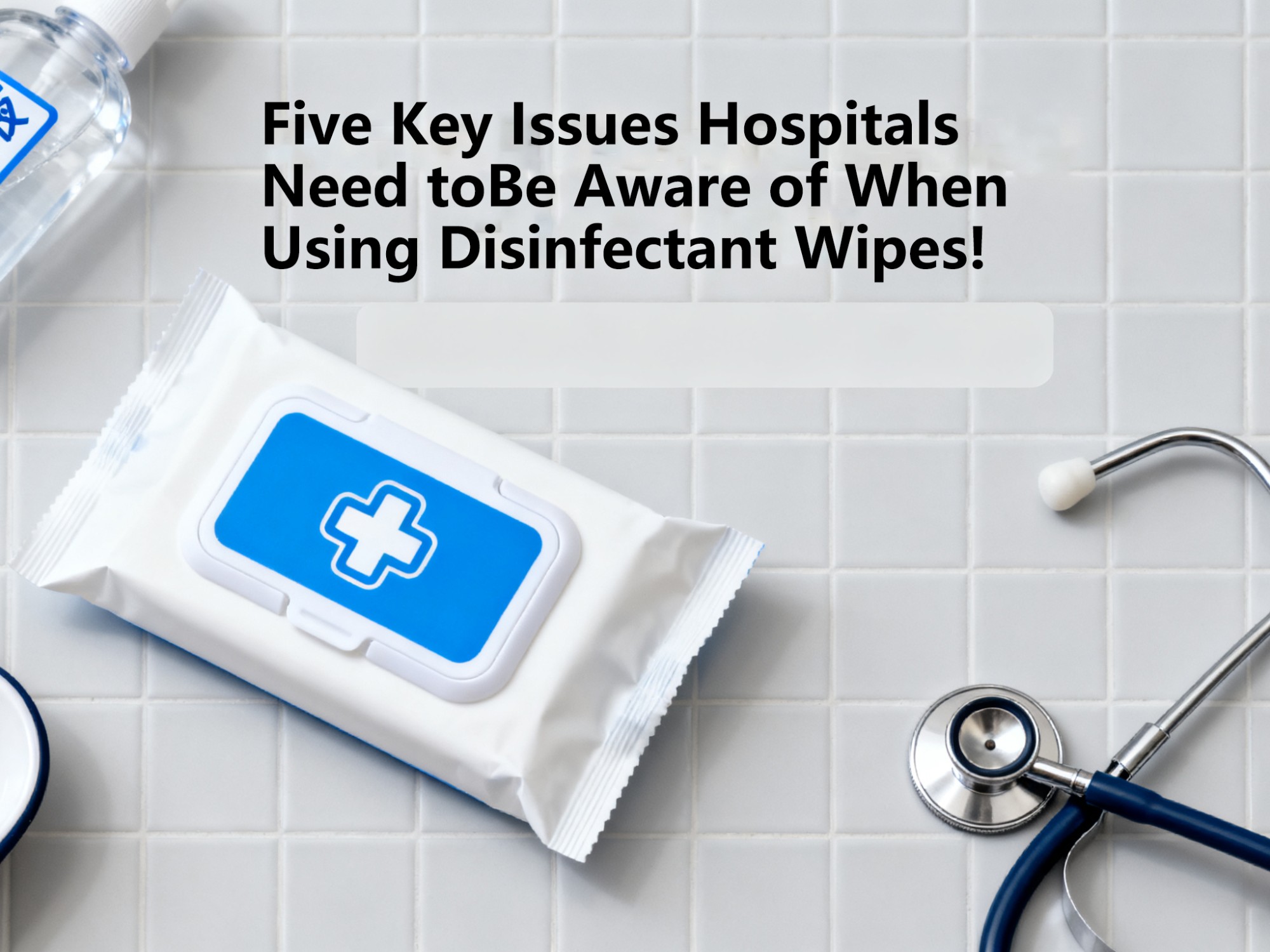
Hospital infection prevention and control is closely linked to the cleaning and disinfection of environmental surfaces. As a convenient and quick disinfectant for surfaces, disinfectant wipes, with their ready-to-use, portable nature, and wide applicability, are increasingly becoming the preferred choice in hospital logistics, nursing, outpatient clinics, wards, and other settings. However, hospitals often encounter the following five key issues during procurement and use.
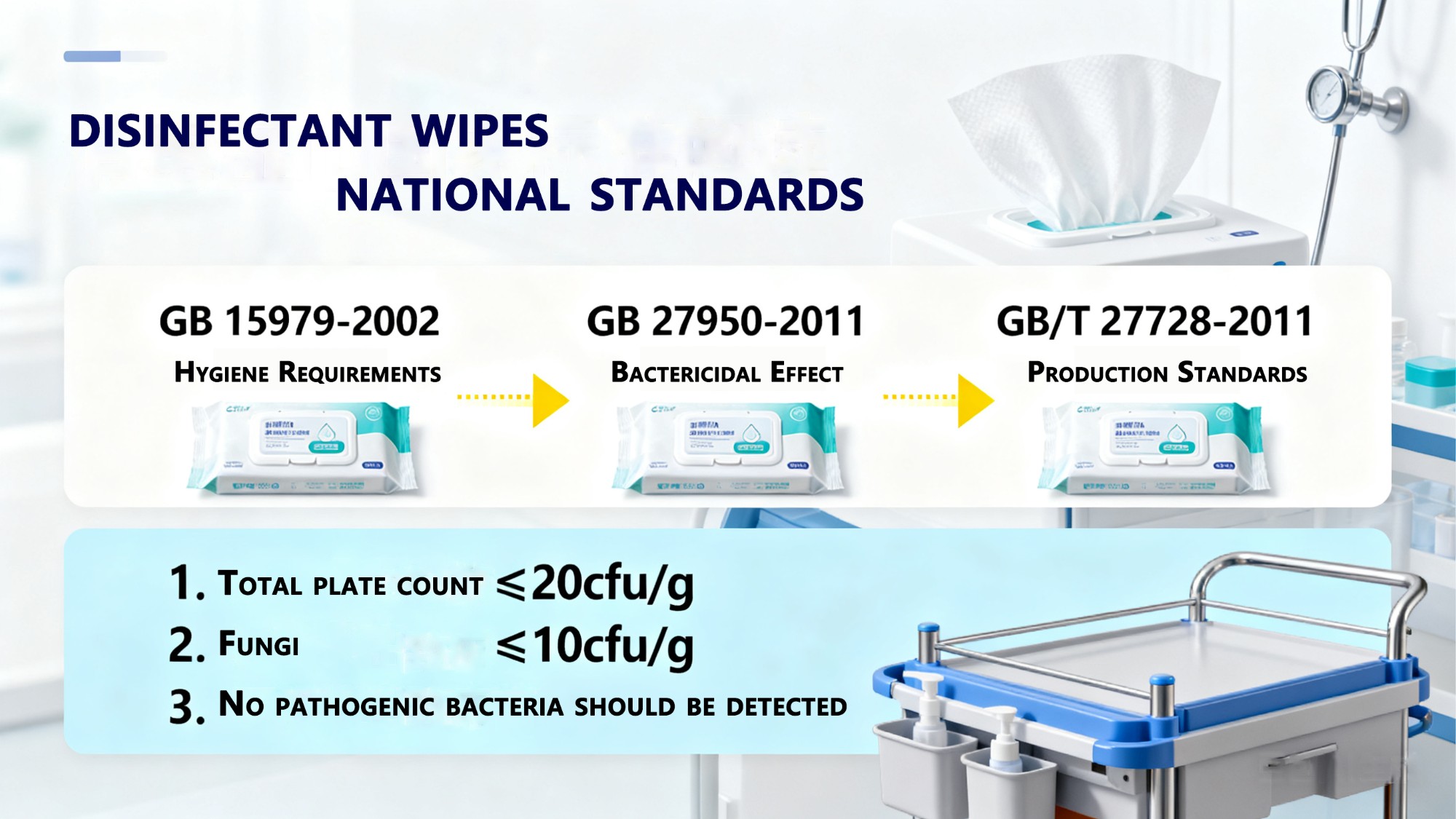
1. Are there national standards?
Currently, national standards for disinfectant wipes have not yet been issued, and they are not included in the "Disinfectant Product Classification Catalog." Therefore, they are not currently classified as disinfectant products and do not require registration under the "Regulations on the Hygiene and Safety Evaluation of Disinfectant Products." They cannot be labeled with the "Disinfection" mark.
However, some companies in the market proactively reference national standards for disinfectants to strictly control the active ingredient content and bactericidal efficacy of their liquid wipes. For example, the presence of certain concentrations of alcohol, quaternary ammonium salts, and peroxides directly affects the disinfectant efficacy of the liquid wipes. Hospitals should pay close attention to this aspect when purchasing.

2. Are there relevant regulations? Recently, the National Health Commission (NHC) issued Announcement No. 9 (Guo Wei Tong [2025]), officially promulgating 16 recommended health industry standards, including the "Standards for Cleaning and Disinfection Management of Environmental Surfaces in Medical Institutions." The new standards will take effect on February 1, 2026.
The new standards clarify for the first time the definition and usage requirements of disinfectant wipes:
Definition: A product with cleaning and disinfecting properties made from non-woven fabrics, fabrics, dust-free paper, or other raw materials, using purified water as the production water, and an appropriate amount of disinfectant and other raw materials. Suitable for use on the human body, general surfaces, medical devices, and other surfaces.
This means that the professionalism and disinfecting effects of wet wipes are recognized at the regulatory level, providing guidance and basis for hospitals to select disinfectant wipes.
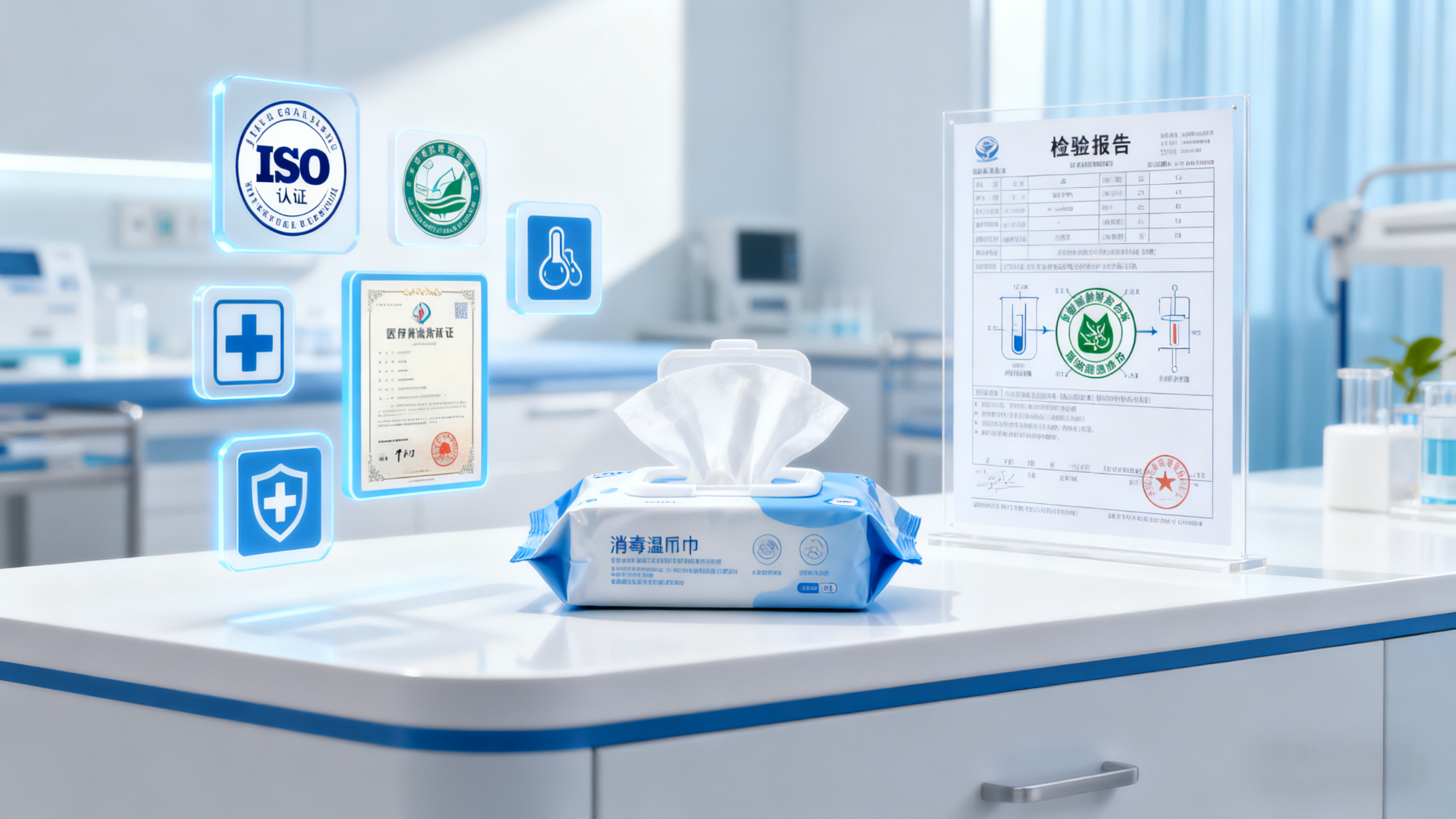
3. What qualifications are required?
In the absence of national mandatory standards, hospitals can refer to the "Hygiene Safety Evaluation Report" provided by the manufacturer.
Note:
Testing methods must strictly follow the evaluation methods for disinfectants and cannot simply refer to the testing requirements for ordinary sanitary wipes.
Testing items include bactericidal and antibacterial effects, toxicological safety, and skin and mucous membrane irritation.
Qualification standards must meet the requirements for disinfectants in medical settings.
In addition, the stability of the wipes liquid and its effectiveness during long-term storage must also be documented in the test report. When purchasing, hospitals should pay particular attention to key indicators such as the formula concentration of the wipes liquid, the decay cycle of the active ingredient, and the use-by date after opening.
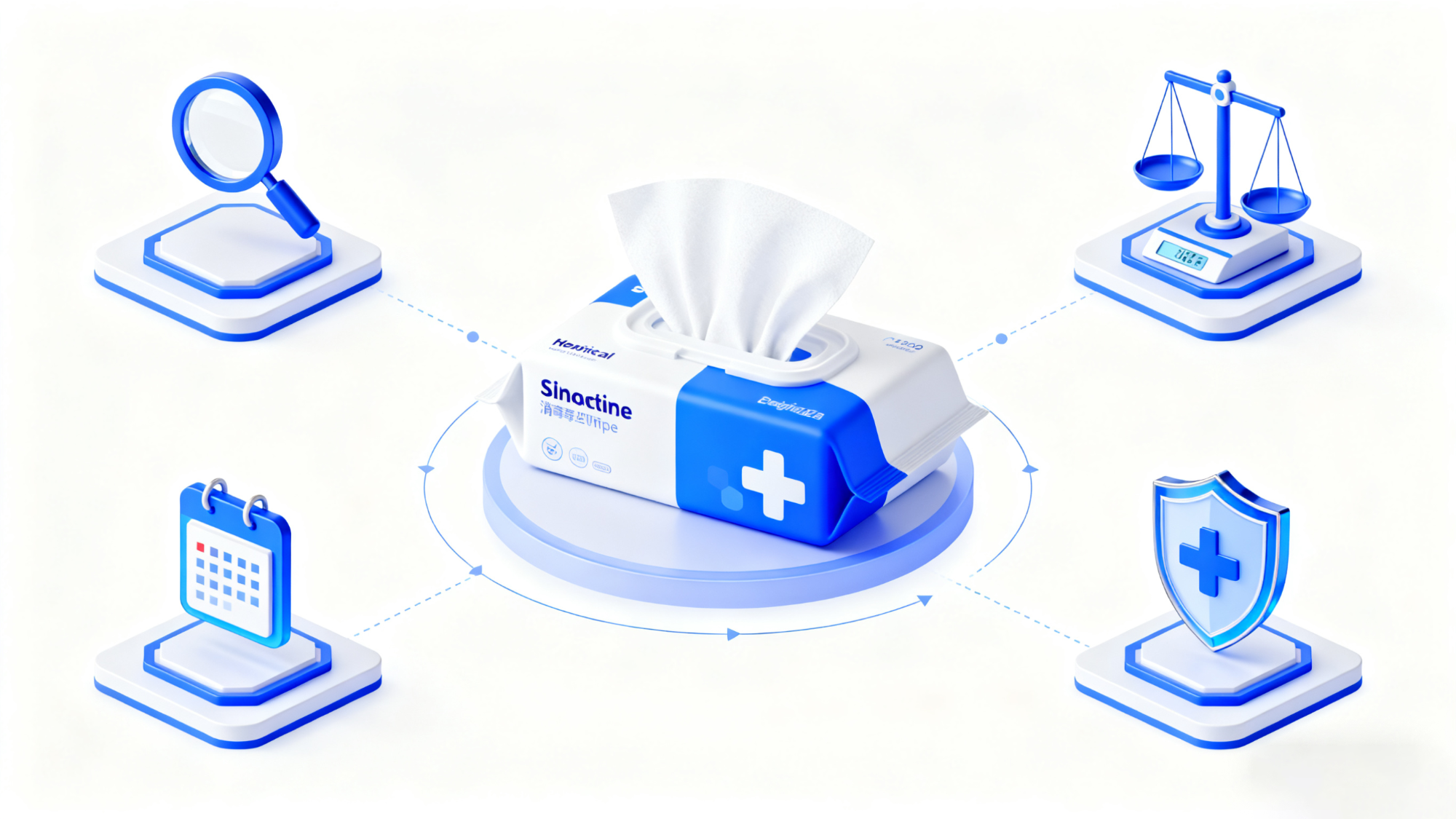
4. Who should regulate the product?
Currently, disinfectant wipes exist in a "regulatory vacuum":
They are not explicitly regulated by the National Health Commission;
They are not medical devices managed by the State Food and Drug Administration;
Health supervision agencies lack clear legal and regulatory authority to supervise and inspect them.
This ambiguity leads to varying quality of disinfectant wipes on the market. The concentration and formula of the wipes liquid vary greatly. If the active ingredient is insufficient, the disinfection effect will be significantly reduced. When selecting, hospitals can only rely on test reports and the qualifications of the manufacturer. They must select products with a legitimate production background and third-party testing support.
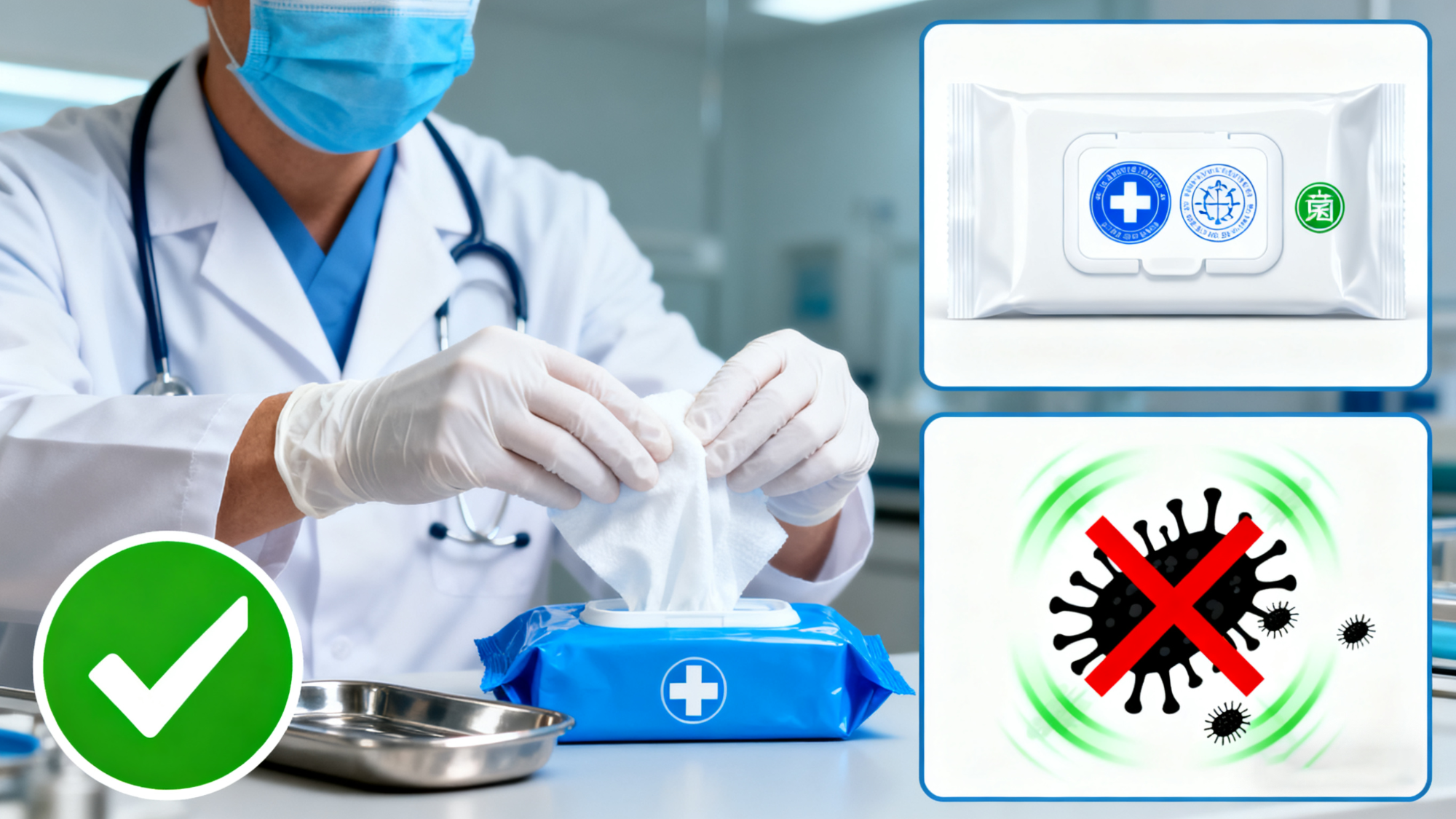
5. Can hospitals use disinfectant wipes?
The answer is: Yes, but the effectiveness must be reliable.
When using disinfectant wipes, hospitals need to focus on the following:
Check the product's test report to see if it meets the relevant disinfection requirements;
Confirm that the disinfectant components in the wipes' liquid can protect against common hospital pathogens (such as drug-resistant bacteria and viruses);
Performance verification is required after use. If the disinfection effectiveness is found to not meet the requirements of the "Hospital Disinfection and Hygiene Standards," health supervision agencies may investigate and sanction the hospital in accordance with the "Disinfection Management Measures."
Thus, disinfectant wipes are not a panacea, but as a supplemental method for rapid disinfection of hospital surfaces and small equipment, they can be a vital component of hospital infection control if properly selected and managed.






 English
English
 USA
USA
 西班牙语
西班牙语
 俄罗斯
俄罗斯
 葡萄牙
葡萄牙
 印尼
印尼
 巴基斯坦
巴基斯坦
 尼日利亚
尼日利亚
 孟加拉
孟加拉
 墨西哥
墨西哥
 越南
越南
 日本
日本
 韩国
韩国

